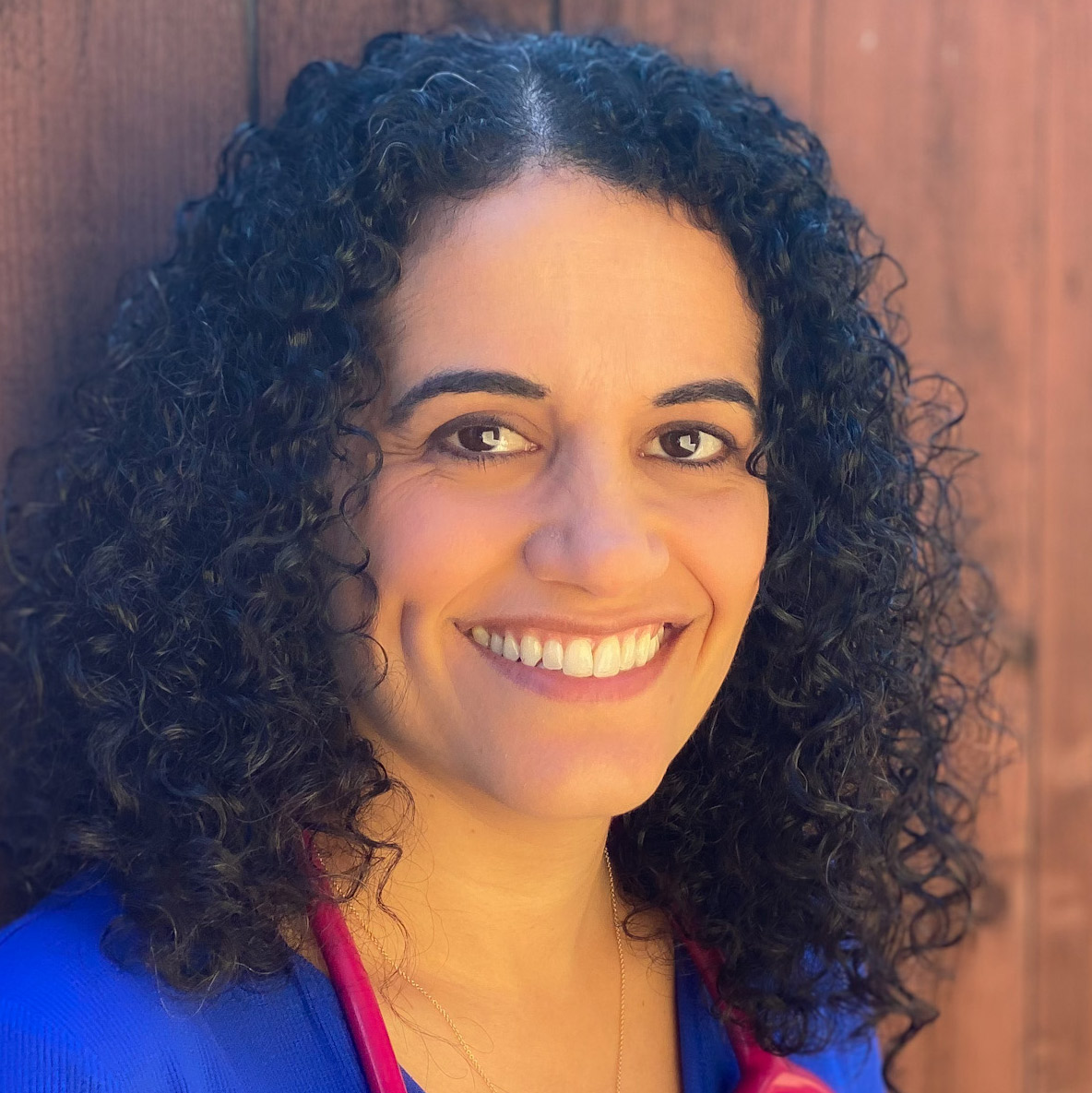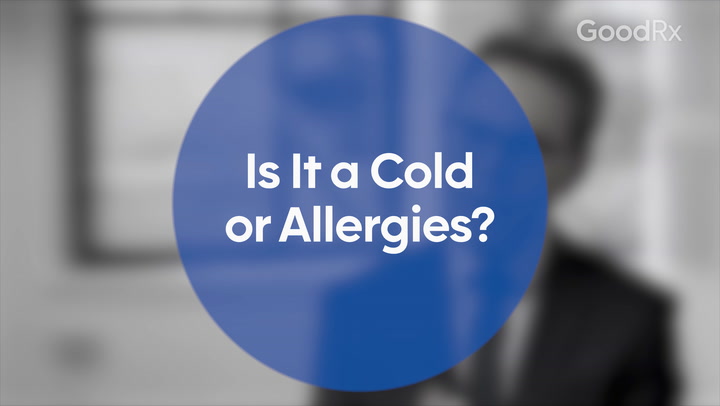
How Long Does a Cold Last, and What Are the Stages?
Key takeaways:
The common cold often follows a pretty predictable timeline.
Symptoms often take 1 to 3 days to develop and then peak at 1 to 3 days. Symptoms commonly last about 7 to 10 days. But it can take up to 3 weeks to completely go away.
Colds usually go away on their own, so most people don’t need to see a healthcare professional. But some over-the-counter (OTC) products and home remedies can help ease your symptoms.
Table of contents

The common cold is quite common. Most adults get about two to four colds per year. And kids get even more. Colds also typically show up in specific stages and follow a fairly predictable timeline. Colds are more common in the fall and winter. But you can get them any time of year, including the summer.
Cold symptoms typically come on more gradually than symptoms of the flu or COVID-19. Knowing the stages and symptoms of a cold can help you tell it apart from other illnesses and properly treat it.
How long does a common cold last?
Cold symptoms usually last 7 to 10 days. But they can go on for as long as 3 weeks.

Once a cold virus enters one of your cells, it starts to create copies of itself. And these copies go on to infect other cells. This can start happening within 8 to 10 hours of the initial infection.
Symptoms can begin right after that. But, for most people, symptoms show up within 1 to 3 days after exposure to the virus. This is different from the flu, where symptoms tend to be more intense and come on more suddenly.

What are the common cold stages and symptoms?
Colds and cold symptoms tend to go through ordered stages. But you may experience the timing and stages a bit differently. Here are the general stages of a cold.
Incubation
The incubation time for a cold is the time from when you were exposed to a virus to when you start to feel sick. After you’re exposed to a cold virus, it typically takes 1 to 3 days for you to develop symptoms. But it’s possible to develop symptoms as soon as 10 to 12 hours after exposure.
Cold symptoms peak
Cold symptoms peak 1 to 3 days from when your symptoms first start. This is when you’re most contagious. The main symptoms include:
Sore throat
Stuffy or runny nose
Cough
Sneezing
Headaches
Clear mucus
Body aches
Symptoms lessen
Cold symptoms usually last from 3 to 10 days. After 2 or 3 days of symptoms, the mucus from your nose may change to a white, yellow, or green color. This is normal and doesn’t mean you need an antibiotic.
Do you have a cold or the flu? There’s some overlap between cold and flu symptoms. Here’s how to tell the difference.
How to recover from a cold quickly: Most colds will go away on their own. But there are some home cold remedies to get you feeling better faster.
What to eat when you have a cold: Eating immune-boosting foods can help lessen your cold symptoms. Learn what to eat with a cold (and what to avoid).
Recovery
By around day 10, the worst of your symptoms are probably behind you. But some symptoms can last up to 3 weeks in some people, especially runny nose, stuffy nose, and cough. Though, overall, you should be feeling better, and the symptoms probably won’t be as bad.
Cold symptoms in adults vs. children
Adults and children experience many of the same symptoms when they get a cold. But kids are more likely to have a fever than adults. Kids often experience a fever in the first 3 days of the illness with a cold. But watch out for a fever that starts after the first few days, as this may point to a different infection, such as an ear infection.
Remember that experts don’t recommend over-the-counter (OTC) cough and cold medicines for children under 4 years old (more on treatments below).
How long are you contagious?
You’re generally contagious a couple of days before your symptoms start. You may also be contagious for as long as you have symptoms. In fact, you’re most likely to spread the virus in the first 2 to 3 days when the symptoms peak.
Colds can spread when you:
Breathe in air after someone with an infection coughs or sneezes
Have close personal contact with someone who’s infected
Shake hands with someone who’s infected or touch an infected surface and then put that hand to your eyes, nose, or mouth
So, if you’re sick, stay home from work or school. If your child is sick, keep them out of day care or school. Try to avoid close contact with others. And wear a face mask if you must go out in crowded places.
Use your elbow to cover your mouth and nose when you cough or sneeze. And make sure to wash your hands after coughing, sneezing, or blowing your nose. All of these efforts can help prevent the virus from spreading.
Signs your cold is getting better
The specific cold symptoms you experience will vary. And some symptoms, like a runny or congested nose and cough, can linger up to 10 days and beyond. But, in general, you should notice that your symptoms improve and your energy levels begin to return after about a week.
How do you treat a cold?
Here are some ways to ease the symptoms of a cold:
Get plenty of rest.
Drink lots of fluids.
Use a humidifier or vaporizer.
Use saline nasal spray (for adults) or drops (for children).
Suck on cough drops and throat lozenges.
Use honey to relieve coughs in adults and children at least 1 year of age or older.
OTC products that can help with symptoms include:
Decongestants (which can be taken by mouth or sprayed in the nose)
Cough medications (antitussives)
Fever reducers (antipyretics)
Talk with your primary care provider about which medications are best for you. Some people may not be able to use these products because of other medications, health conditions, or symptoms, such as high fever or chest pain. Some of these medications also may not be appropriate for children.
Do you need antibiotics for a cold?
No, an antibiotic will not get rid of a cold. Antibiotics are used to treat bacterial infections, such as urinary tract infections (UTIs), acne, and strep throat. But colds are caused by viruses, so antibiotics won’t work on them.
When should you see a doctor for a cold?
There’s no cure for a cold. Usually it goes away on its own within 2 weeks without a visit to your doctor’s office. But there are times when you should see a healthcare professional. Here’s when to get help:
Your symptoms aren’t improving in 10 days.
Your symptoms are severe or unusual. For example, you have a fever that lasts longer than 4 days, dehydration, difficulty breathing, or symptoms that go away and come back or get worse.
A child younger than 2 months old has a fever or is lethargic.
Frequently asked questions
A “head cold” isn’t an official diagnosis. But some people use this term to describe the location of symptoms from a common cold, like a stuffy or runny nose, headache, and watery eyes. This is in contrast to a “chest cold,” which can refer to acute bronchitis, a lower respiratory tract infection.
If you're experiencing symptoms and feel sick, it’s best to stay home to recover and prevent spreading the virus to others. If possible, avoid contact with others in your home as well. You’re most likely to spread the virus in the first 2 to 3 days when your symptoms are at their worst.
You can get back to your routines when your symptoms are improving and you haven’t had a fever (without using a fever reducer) for 24 hours. But remember that it’s possible to spread the virus even if you feel OK, so make sure to wash your hands often and consider wearing a mask in crowded spaces.
Many people think that vitamin C helps prevent and treat colds. But there isn't strong evidence to support this. Some research suggests that regularly taking vitamin C may reduce the length of a cold, but not by much. All the same, getting enough vitamin C is an important part of supporting your overall health.
The bottom line
Cold symptoms usually follow a predictable pattern. The most common symptoms are sore throat, runny nose, coughing, sneezing, and mucus. Symptoms can last up to 3 weeks.
A cold is a virus, so antibiotics won’t get rid of it. But most colds go away on their own. So you don’t need to see a healthcare professional unless your symptoms are severe and don’t begin to fade after 10 days. You can treat a cold with OTC medications and by resting, drinking lots of fluids, and using a humidifier or nasal spray.
Why trust our experts?


References
Allan, G. M., et al. (2014). Prevention and treatment of the common cold: Making sense of the evidence. Canadian Medical Association Journal.
American Lung Association. (2024). Facts about the common cold.
Bucher, A., et al. (2016). Vitamin C in the prevention and treatment of the common cold. American Journal of Lifestyle Medicine.
Centers for Disease Control and Prevention. (2024). Manage common cold.
Centers for Disease Control and Prevention. (2024). Preventing spread of respiratory viruses when you're sick.
Healthychildren.org. (2021). Fever and your baby. American Academy of Pediatrics.
Heikkinen, T., et al. (2003). The common cold. Lancet.
Heikkinen, T., et al. (2006). Upper respiratory tract infection. Encyclopedia of Respiratory Medicine.
Institute for Quality and Efficiency in Health Care (IQWiG). (2023). Common colds: Research summaries – should you take antibiotics if you have a cold? InformedHealth.org.
Katz, S. (2024). Common cold. Merck Veterinary Manual.
Thomas, M., et al. (2023). Upper respiratory tract infection. StatPearls.

























